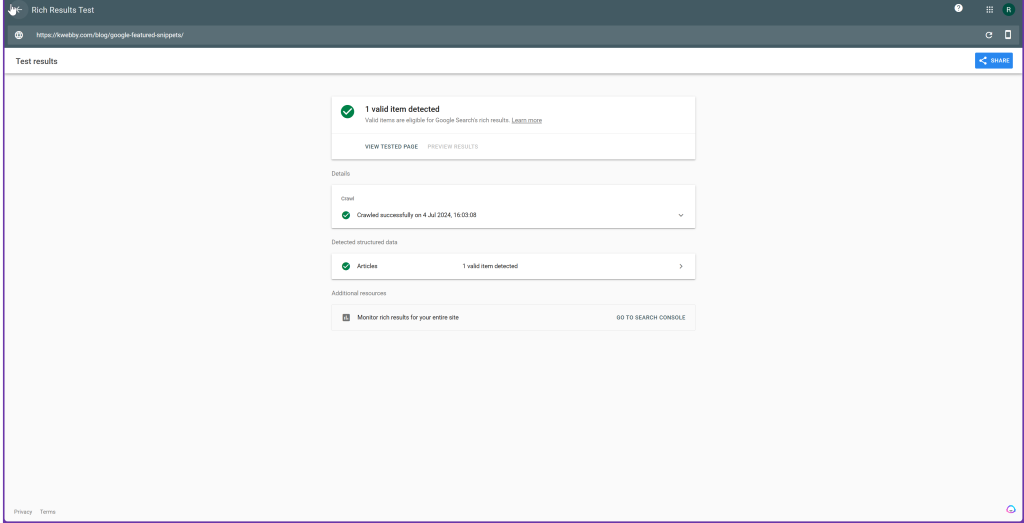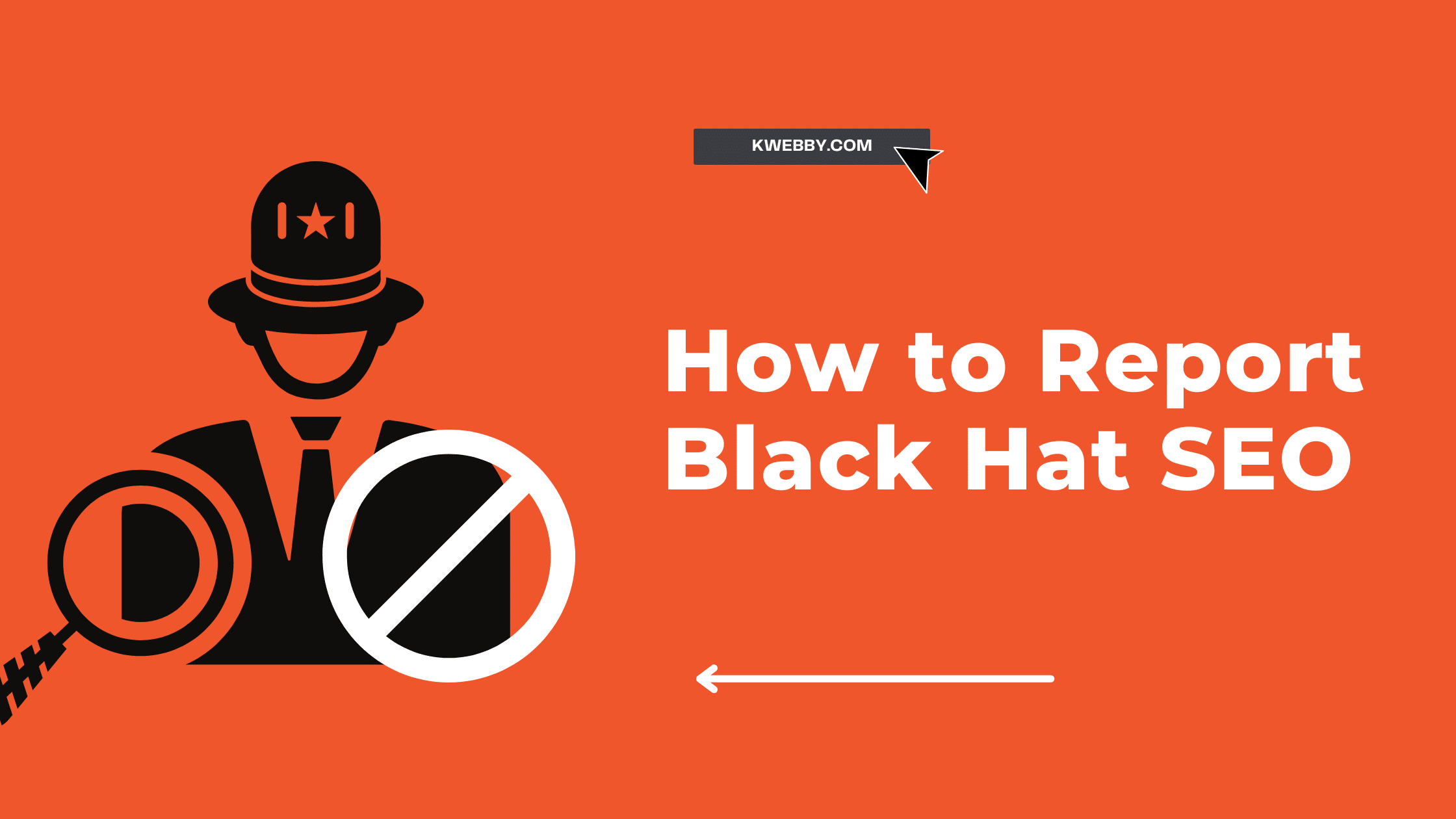Home / Blog / SEO / Advanced SEO Techniques / How to Prepare Your Site for Google’s AI Overviews

How to Prepare Your Site for Google’s AI Overviews
Choose Your Language:
With the launch of AI Overviews in the US last month, Google is revolutionizing the way users receive answers to their queries.
As we navigate this new landscape, it’s essential to understand the implications for website traffic and search engine visibility.
The introduction of more AI-generated answers means we can anticipate a shift in organic traffic and clicks.
To stay ahead, we must identify strategies to optimize our content for AI Overviews while adhering to Google’s E-E-A-T (Expertise, Experience, Authoritativeness, Trustworthiness) principles.
Embracing this change with a proactive and informed approach will empower us to maintain our digital presence and continue providing value to our audience.
How to Prepare for AI Overviews

To ensure our content is ready for AI Overviews, we need to take strategic steps to optimize and enhance our site’s compatibility. Despite the fact that AI Overviews have not yet rolled out to the public, being proactive during this transitional period will safeguard our website’s performance and visibility.
Ensure Your Site Has Structured Data
Structured data is crucial for helping search engines understand the content of your site. By incorporating structured data markup, such as Schema.org, you provide context to crawlers about your content, enabling better indexing and higher chances of appearing in AI Overviews.
Structured data can highlight essential details like articles, reviews, FAQs, and more, making your content more accessible and relevant to both search engines and users.
How to test for it?
Click here and test for Rich results as well as Schema Markup Validator;

Checkout this guide – Google Featured Snippets: 10 EASY Tips to Get Your Content On Snippets.
Make Sure We Are Optimized for Relevant Keywords
Keyword optimization remains fundamental. By focusing on relevant and high-traffic keywords, we align our content with what users are searching for.
Conduct thorough keyword research using tools like Google Keyword Planner or SEMrush to identify key phrases your audience is interested in.
Integrate these keywords naturally within your content, headings, and meta descriptions to improve visibility and relevance in search engine results.
Checkout these Guides;
- How to do Keyword Research for New Sites to Get 100k Traffic (Template Inside)
- Keyword Cannibalization: Ultimate Guide to Find and Fix
- 20 Types of Keywords in SEO (With Examples)
- How to Check Keyword Ranking in Google (Free & Paid)
- 20+ Best keyword research tools (Mostly are Free!)
Have Our Content Be Discoverable, Crawlable, and Indexable
For your content to appear in search results, it must be easily discovered and indexed by search engines. Ensure your website has a clear sitemap and that it’s submitted to Google Search Console.
Use robots.txt to guide search engine crawlers to the important areas of your site and away from non-essential sections. Regularly update and audit your site for broken links, loading issues, and other technical factors that could hinder search engine indexing.
Check out these guides for more;
- What is Google Core Web Vitals? Step-by-step Guide to Improve it
- Search Console’s Crawl Limit Changed By Google
- How to Improve Cumulative Layout Shift (CLS) Easily
- Interaction to Next Paint (INP) – Measure & Optimize
- How to Improve Largest Contentful Paint (LCP)
By following these steps, we can adapt and thrive in the evolving ecosystem shaped by Google’s AI Overviews, ensuring our content remains prominent and accessible to our target audience.
Prioritize Complex Topics
As Google’s AI Overviews increasingly handle straightforward informational queries, it’s imperative to focus on crafting content that delves into more complex, transactional, and commercial topics. These are areas where human expertise and nuanced understanding shine, making our content invaluable and irreplaceable by AI.
To future-proof our efforts, we need to prioritize creating in-depth content that offers a rich, comprehensive exploration of topics.
For example, rather than providing a basic overview of “digital marketing,” we should aim to produce a detailed guide on “advanced digital marketing strategies for B2B companies.” This type of content not only answers the immediate question but also dives deeper into strategies, case studies, and proprietary insights that AI cannot easily replicate.
Consider incorporating first-hand experiences and expert interviews to lend authority and credibility to the content.
For instance, if we’re writing about “cybersecurity best practices,” including insights from experienced cybersecurity professionals or real-world examples of how businesses have effectively mitigated cyber threats can significantly enhance the value of our content.
By focusing on complex topics that require human insight and deep expertise, we can ensure our content remains relevant, authoritative, and visible in the evolving landscape of search engine results. This approach will not only help us maintain our organic search traffic but also reinforce our position as a trusted source of detailed and high-quality information.
What’s Next in SEO in 2024?
- User-Centric and Human-First Approach: The evolving landscape of SEO emphasizes the importance of crafting content that prioritizes user needs and experiences. Focusing on addressing user intent, providing high-quality information, and creating engaging, valuable content will be essential.
- Enhanced E-E-A-T (Experience, Expertise, Authoritativeness, Trustworthiness): As Google’s algorithms continue to evolve, demonstrating E-E-A-T will become increasingly critical. This involves showcasing real-world expertise, authoritative viewpoints, and trustworthy information, further cementing your position as a reliable source.
- Leveraging AI as a Support Tool: While AI can assist in content creation, the optimal strategy will be to use AI to enhance human-generated content. AI can help with tasks like data analysis, trend identification, and content optimization, but the primary narrative should remain human-centric and insight-driven.
- Creating Accessible and Value-Focused Content: Accessibility will be key in 2024. Ensuring your content is accessible to all users, including those with disabilities, not only broadens your audience but also aligns with best practices for user-centric design. Furthermore, providing substantial value in every piece of content will help retain and grow your audience base.
- Video and Multimedia Content: The trend towards video and multimedia content continues to gain momentum. Enhancing your content strategy to include videos, infographics, and interactive media can drive higher engagement and cater to various user preferences.
- Localized SEO Strategies: As search engines become more sophisticated in understanding local intent, developing localized content and optimizing for regional searches will be crucial. Tailoring your SEO strategy to include local keywords and geo-specific information will help capture a targeted audience.
- Sustainability and Ethical SEO Practices: Ethical SEO practices and sustainable content strategies will be more than just trends—they will become necessities. Ensuring that your SEO tactics are sustainable and future-proof will help maintain long-term visibility and credibility.
- Data Privacy and User Security: With growing concerns over data privacy, it’s vital to prioritize user security. Transparent data practices and secure user experiences will not only build trust but also comply with evolving regulations and standards.
By adhering to these strategies, we can prepare for a dynamic future in SEO and content marketing, ensuring that our efforts remain effective, user-focused, and aligned with industry advancements.
Test your knowledge
Take a quick 5-question quiz based on this page.




